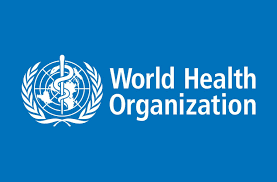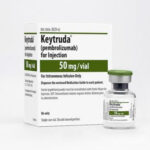World Health Organization Model 23rd List of Essential Medicines

The World Health Organization (WHO), Model List of Essential Medicines (aka Essential Medicines List or EML), contains the medications considered to be most effective and safe to meet the most important needs in a health system. The list is frequently used by countries to help develop their own local lists of essential medicines. As of 2016, more than 155 countries have created national lists of essential medicines based on the World Health Organization’s model list. This includes countries in both the developed and developing world.
The list is divided into core items and complementary items. The core items are deemed to be the most cost-effective options for key health problems and are usable with little additional health care resources. The complementary items either require additional infrastructure such as specially trained health care providers or diagnostic equipment or have a lower cost–benefit ratio. About 25% of items are in the complementary list. Some medications are listed as both core and complementary. While most medications on the list are available as generic products, being under patent does not preclude inclusion.
The first list was published in 1977 and included 208 medications. The WHO updates the list every two years. The 14th list was published in 2005 and contained 306 medications. In 2015, the 19th edition of the list was published and contains around 410 medications. The 20th edition was published in 2017, and contains 433 medications. The 21st list was published in 2019 and contains 460 medications. The national lists contain between 334 and 580 medications.
A separate list for children up to 12 years of age, known as the WHO Model List of Essential Medicines for Children (EMLc), was created in 2007 and is in its 7th edition. It was created to make sure that the needs of children were systematically considered such as availability of proper formulations. Everything in the children’s list is also included in the main list. The list and notes are based on the WHO Model List of Essential Medicines – 23rd list, 2023 edition of the main list. An α indicates a medicine is only on the complementary list. Click Here to Download
The World Health Organization (WHO) plays an essential role in the global governance of health and disease; due to its core global functions of establishing, monitoring and enforcing international norms and standards, and coordinating multiple actors toward common goals.
WHO works worldwide to promote health, keep the world safe, and serve the vulnerable. Our goal is to ensure that a billion more people have universal health coverage, to protect a billion more people from health emergencies, and provide a further billion people with better health and well-being. This essential list is one way WHO achieve these objectives.





